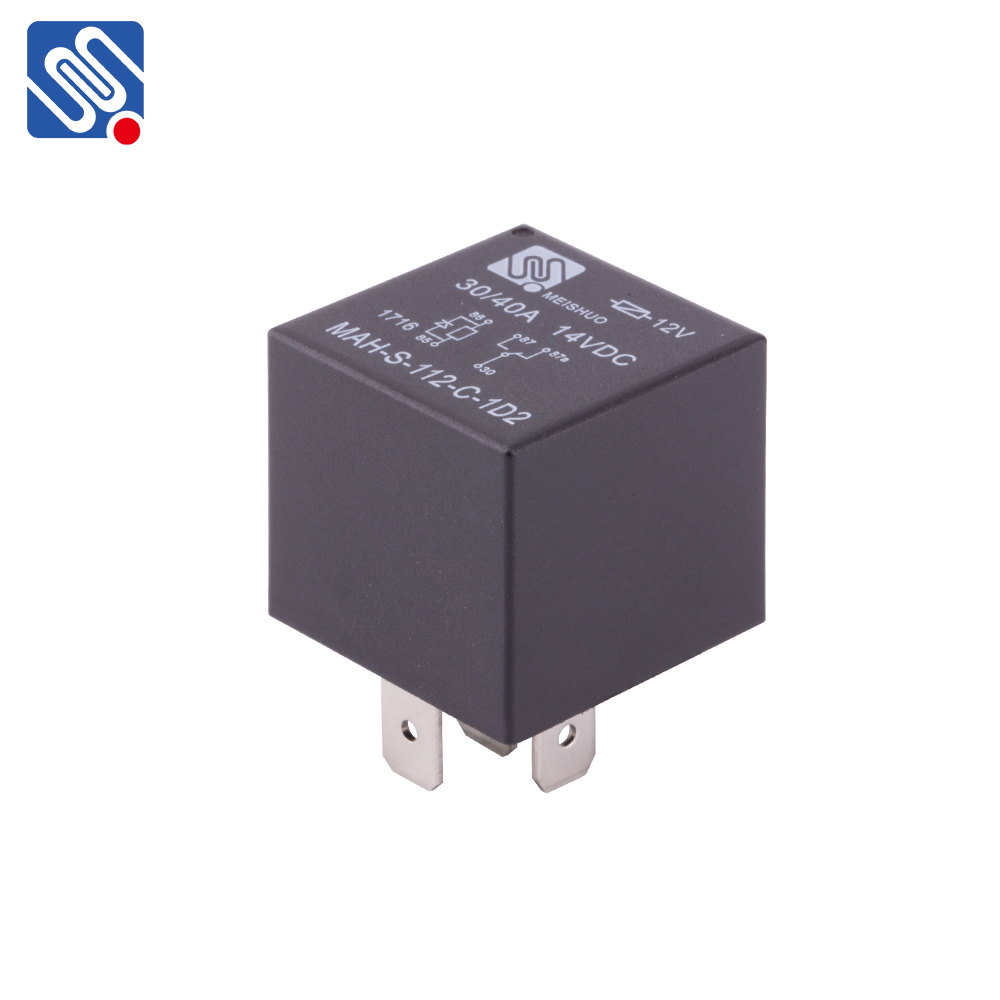understanding relay characteristics: key features and performance insights
Release time:2025-06-08 19:21:16
Relays are essential components in electrical circuits, serving as electrically operated switches that can control various devices. These devices function based on the principle of electromagnetism, where a current flowing through a coil generates a magnetic field that activates a switch. However, relays come in various forms, each with its own set of characteristics that determine their performance and applications. This article explores the key relay characteristics that help define their operation and influence their suitability for specific tasks.

1. Coil Voltage (Rated Coil Voltage)
One of the most fundamental relay characteristics is the coil voltage, which refers to the electrical voltage required to energize the relay's coil. When the correct voltage is applied, the relay activates and causes the contacts to switch. The coil voltage is typically specified by manufacturers and can either be direct current (DC) or alternating current (AC), depending on the relay type. It is essential to choose a relay with the correct coil voltage for the application to ensure reliable operation.
2. Contact Configuration
The contact configuration is another important feature of relays. It refers to the arrangement of the switch contacts within the relay. The two most common types are normally open (NO) and normally closed (NC) contacts. In a NO contact, the circuit is open when the relay is de-energized, and it closes when the relay is activated. Conversely, NC contacts are closed when the relay is de-energized and open when the relay activates. The contact configuration plays a crucial role in determining the relay’s application in a circuit, allowing it to either break or make a connection depending on the required switching behavior.

